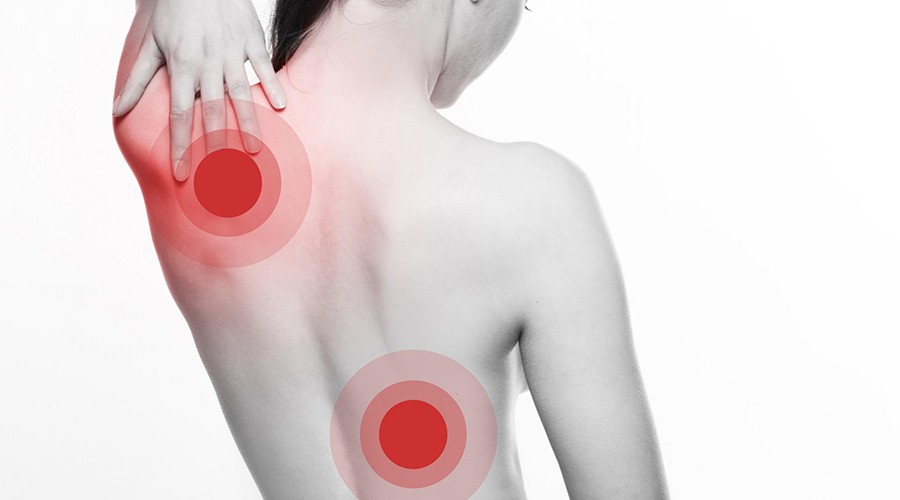To date, it has not been possible to find the true cause of structural idiopathic scoliosis, but there are many factors that can indicate the possibility of a cause: genetic, hereditary factor; biomechanical factors, growth factors and psychological factors. There are two types of scoliosis, structural and functional. Structural scoliosis presents with deformed vertebrae and there is nothing that can be done about the deformity; however, we can improve the function of the spinal column through exercise protocol. Unlike structural scoliosis, functional scoliosis presents with normal vertebrae that presents with an abnormal curvature. In antalgic scoliosis, nerve root irritation caused by discus hernia could cause someone to “lean away” from the pain, thus giving an appearance of a scoliosis. Once discus hernia is treated, curvature is removed. To treat other functional scoliosis however, needs more time and effort. Again, finding the cause is the priority here, because if we can find out what is causing the scoliosis, we can directly address and prevent its occurrence in the future.
Typically, therapy of choice for functional scoliosis is the use of manual therapeutic procedures, namely chiropractic, intermittent traction and then supporting therapy through appropriate stretching, muscle strengthening and exercise.

